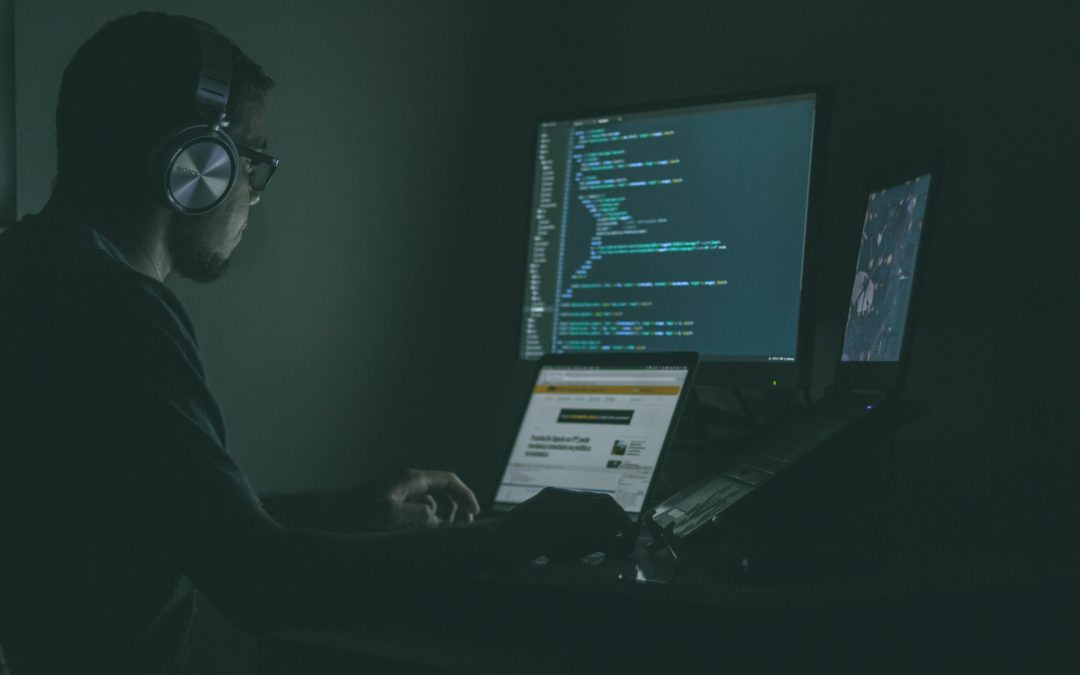Ransomware is a serious threat that keeps changing to outsmart defences. As both businesses and individuals deal with more frequent and advanced attacks, it’s crucial to understand how cybercriminals operate to better protect ourselves and improve our awareness on cybersecurity in the workplace. In recent years, ransomware attacks have become more sophisticated. Cybercriminals target important sectors like finance, healthcare and government, carefully planning their attacks to encrypt valuable data.
One new trend is the rise of Ransomware-as-a-Service (RaaS), making it easier for even beginners to launch attacks. Cybercriminals use various tricks like phishing emails to sneak into networks, then exploit weaknesses to spread their ransomware. Besides the usual types of ransomware, criminals are trying out new methods like ‘double extortion’, where they not only encrypt data but also threaten to leak it unless paid. Another tactic is fileless ransomware, which is harder to detect because it hides in a computer’s memory. To defend against ransomware, businesses need a multi-layered approach. This includes using MITRE leading Next Generation Anti Virus for first line defence and End Point Detection and Response for added detection and remediation layer, keeping software up to date, restricting network access, regularly backing up data, and educating employees about phishing risks. Ransomware poses a big threat, but with the right defences and awareness, we can fight back against these attacks. It’s important for businesses to focus on prevention rather than paying ransom, as highlighted in the Cybereason Ransomware: The True Cost to Business Study 2024. The study delves deep into the repercussions of ransomware attacks, shedding light on the true extent of the damage inflicted on businesses across various sectors. It outlines how these attacks not only result in significant financial losses but also disrupt operations, tarnish reputations, and erode customer trust.Moreover, the study underscores the importance of adopting proactive measures to detect and prevent ransomware, emphasising that the long-term consequences of such attacks far outweigh the short-term relief offered by paying ransoms. It underscores the need for collaboration among stakeholders, including businesses, government agencies, cybersecurity experts, and law enforcement, to develop comprehensive strategies for combating ransomware. By sharing information, best practices, and threat intelligence, these entities can collectively enhance their resilience against ransomware threats and mitigate their impact on the economy and society at large.
Ultimately, the Cybereason study serves as a wake-up call for organisations to invest in robust cybersecurity measures and prioritise the protection of their digital assets against the ever-evolving ransomware threat landscape. By working together and staying vigilant, we can protect ourselves from the damaging effects of ransomware.
Article by: www.hrfuture.net Image via: Unsplash.com

